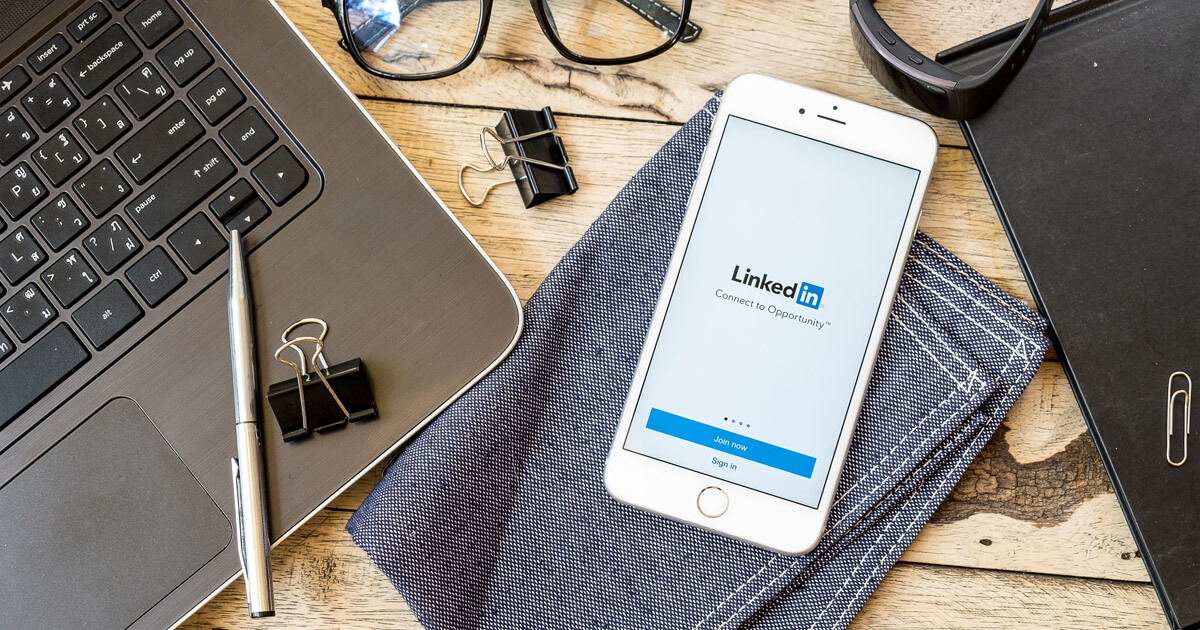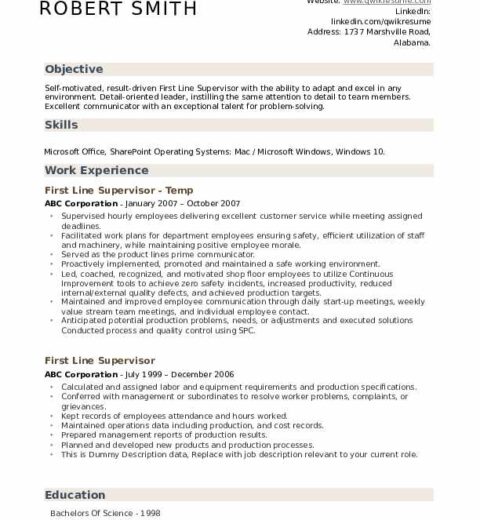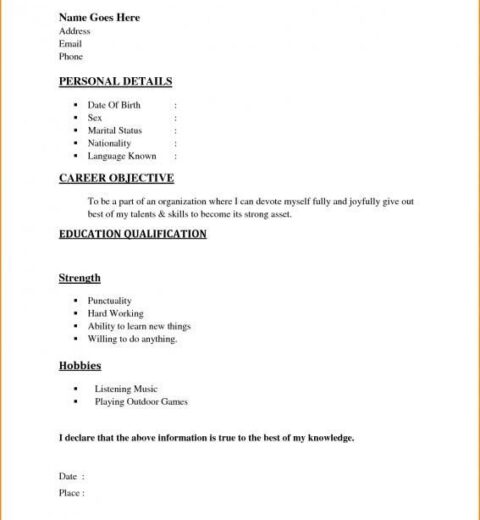In the sprawling digital landscape of professional networking, LinkedIn stands as a majestic skyscraper, towering above the multitude of platforms vying for attention in the corporate arena. It is an excellent place for professionals to showcase their skills, yet many users grapple with a puzzling, yet fascinating question: Can you post a resume on LinkedIn? The clarity surrounding this topic is paramount, akin to navigating by starlight in the nebulous night sky of employment possibilities.
Before diving into the particulars of formatting and function, it is essential to grasp the purpose of LinkedIn in contrast to traditional job-hunting methodologies. Think of a resume as a polished stone, smooth from the rapid currents of rigorous screening, whereas LinkedIn embodies a flowing river, constantly changing and evolving. While your resume is a static showcase of your qualifications, LinkedIn is a dynamic platform where connection breeds opportunity and interaction is paramount.
To address the question directly, LinkedIn does allow users to upload a resume—but not in the conventional sense. Instead, users can upload their resumes to the “Featured” section of their profiles. It is akin to placing your best artwork in a gallery where passersby can admire it. This act of uploading can chisel your qualifications into a tangible form, enhancing your profile while providing a direct tool for recruiters to access your comprehensive experiences. However, simply uploading a document may not suffice; a thoughtful presentation can amplify your virtual persona exponentially.
Structuring your LinkedIn profile to act as a direct extension of your resume is an art form in itself. Picture it as weaving a rich tapestry; each thread—your experiences, skills, endorsements, and connections—should intersect cohesively to form a complete picture of your professional identity. Here are several facets to consider as you embellish your LinkedIn profile:
- Profile Summary: This area serves as the prologue to your professional tale. Write a captivating narrative that captures your essence. Instead of merely listing positions held, explore your journey: what passions fuel your professional existence? What decisions have carved your path? Aim for authenticity; potential employers often relish the human element that demonstrates a candidate’s character.
- Experience Section: While your resume will likely contain bullet points detailing specific achievements, your LinkedIn experience section should be a stage for storytelling. Share the impact of your roles on your team and organization, emphasizing outcomes rather than mere responsibilities. Use metrics and tangible results whenever possible; numbers resonate strongly and embody your accomplishments vividly.
- Skills and Endorsements: This section acts as a wintry forest on a mountain summit—substantial, majestic, and layered. Ensure your skills section is exhaustive and reflective of your proficiencies. Engage your network to endorse these skills; social proof can significantly bolster your credibility, turning your profile into an irresistible attraction.
- Recommendations: Recommendations are akin to testimonials written by friends and collaborators who have witnessed your capabilities first-hand. They are the echoes of past engagements that resonate throughout your profile, providing potential employers with a glimpse into your professional demeanor.
- Media Uploads: Just as a painter uses colors to elicit emotions, you can use various media—a portfolio, presentations, or even videos—within your profile to extend a richer narrative. Strategically embedding these elements transforms your LinkedIn profile from a simple document repository into a vibrant showcase of your career.
The feature of adding your resume to the “Featured” section does not merely provide a slice of your professional life but also enables you to control how this valuable information is presented. However, this must be a meticulous endeavor. Clarity and professionalism in the document are paramount; ensure that formatting is meticulous and that the information contained within remains current and comprehensive.
Moreover, while uploading a resume is feasible, limiting oneself to this static document can be detrimental. The beauty of LinkedIn lies in its interactive essence. Engage by commenting on posts, joining industry discussions, and connecting with peers, as these interactions can illuminate your profile in broader contexts. Each comment and like serves to create ripples in your professional network, bringing visibility to your skills and interests.
Emphasizing visibility, it’s vital to recognize the significance of privacy settings when uploading your resume. If visibility is a key aspect, striking a balance between openness and personal privacy is crucial. Determining when and how to share your resume on LinkedIn can be cumbersome; however, doing so thoughtfully allows you to navigate the terrain effectively.
Finally, explore your aspirations. A resume is a reflective document that encapsulates not only where you’ve been but also where you desire to go. Your LinkedIn presence should mirror this ambition, serving as a lighthouse guiding others to your talents. Striking that balance between showcasing achievements and elucidating future intentions is a prudent practice, enhancing your appeal to potential employers.
In conclusion, while you can indeed post a resume on LinkedIn, this action extends far beyond mere document upload—it’s the beginning of an intricate dance that combines professionalism with interactivity. Through a meticulously crafted profile and active engagement with your network, you can amplify your professional persona in ways a traditional resume could never accomplish. Embrace the dynamic qualities of LinkedIn, and let your career narrative unfold beautifully in its vast digital tapestry.




